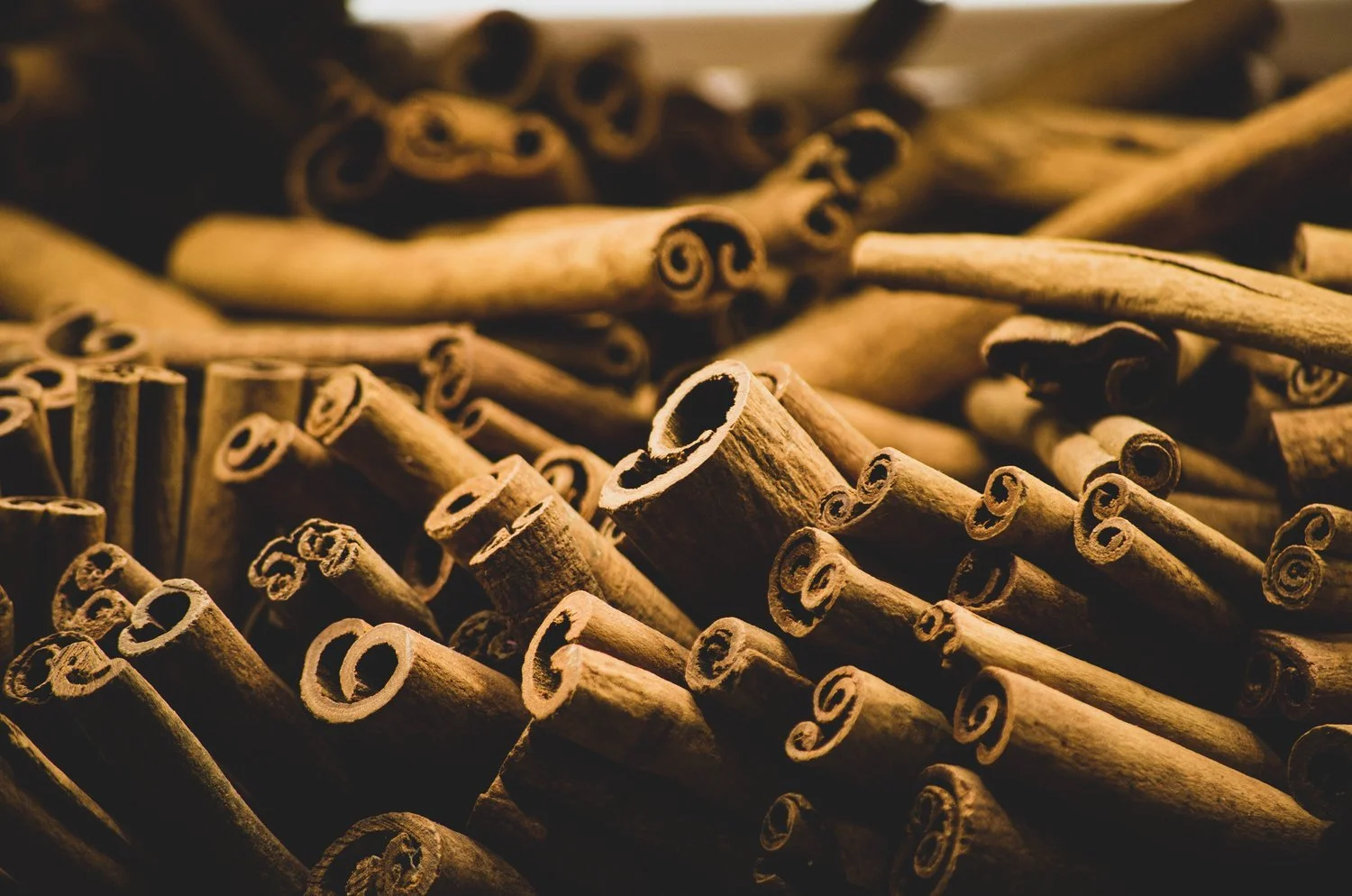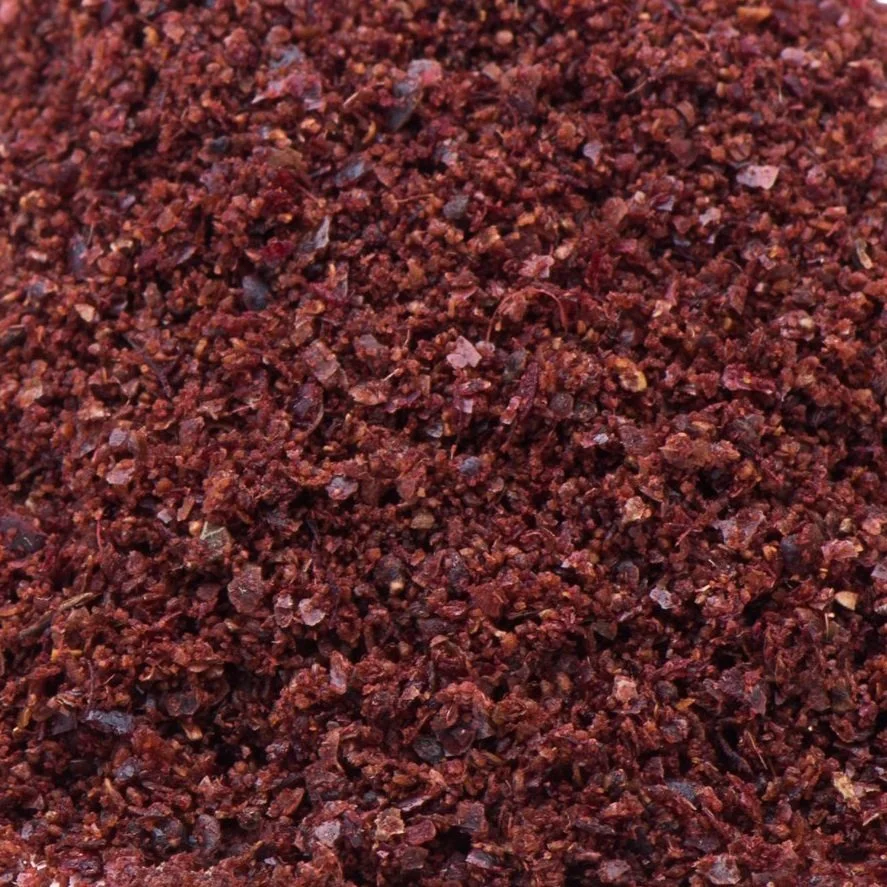Understanding Healing Spices: A Beginner's Guidebook with Dr. Kanchan Koya
As an expert in Ayurvedic wellness, I find I’m often recommending spice blends to my clients to support their healing. I’ve been following Dr. Kanchan Koya, aka @chiefspicemama on Instagram, for a while. I love her work and was so excited to interview her for my podcast. Dr. Koya has a Ph.D. in Biomedicine from Harvard University and trained at the Institute of Integrative Nutrition. I share my takeaways from our conversation here with you.
A peek behind the age-old allure of spices.
The history of spices is complex. It’s not an overstatement to say that the spice trade shapes geopolitical borders and influences global trade infrastructure. Christopher Columbus’ infamous expedition to the Americas was meant to secure a prominent role in the spice trade for his home country of Spain. It’s easy to forget all of this walking down grocery aisles today. Once rare and precious spices like cinnamon are now easily accessible.
But spices have another ancient history–in medicine. In Ayurveda, many Indian spices are understood to have unique healing properties and are added to foods and remedies as a result. Today, modern science is catching up to ancient wisdom.
What’s in a spice? What the science says.
I know why Ayurveda recommends spices for healing, but I wanted to understand how modern science is grappling with the role spices play. Dr. Koya described spices as a chemistry toolkit for our diets because spices, like polyphenols and flavonols, are concentrated sources of chemical compounds needed by our bodies.
She gives the example of turmeric which contains the bioactive compound called curcumin. There are some studies indicating that curcumin may help slow or prevent cancer, in addition to reducing inflammation in the body.
Why you don’t have to love Indian food to become an expert in healing spices.
Dr. Koya and I shared a chuckle about this one. As South-Asian women who love Indian food, we often find ourselves convincing people that they don’t need to eat Indian food to use spices for healing. And while it’s true that Indian cuisine knows its spices and already contains many healing blends, you can add spices to the dishes you already love.
In fact, I think this is an important practice. If you’re able, ask about the history of spices in your family. The spices used by past generations are often directly linked to ancient modes of healing and to your family’s homeland. There’s no need to feel like you have to completely overhaul your diet when you can enhance what you already eat.
The 5 spices you should try at home.
Dr. Koya gave me the run-down of spices she would recommend for beginners who aren’t sure where to start.
Cardamom
This luscious whole spice can be used in a variety of dishes. You can add cardamom as a whole spice or gently smash it open to reveal the seeds which can go straight into your dish.
Health benefits - Improves digestion, reduces nausea
Uses - You can add it to almost any savory dish with delicious results but it can also reduce the need for extra sugar in sweet dishes. Try adding to your oatmeal, ice cream, or chai.
Cinnamon
This spice gets a lot of play during the winter holidays and is known for accompanying sweet treats like cinnamon rolls or snickerdoodles. But it can be great in savory dishes too!
Health benefits - Balances blood sugar
Uses - Add it to meat bolognese, lentil soup, or dust over sweet potato fries for a savory flair. Dr. Koya likes to add it to her vanilla ice cream to offset the blood sugar spike.
Paprika
This spice and other members of the chill pepper family can be added to almost any dish. Stick to paprika if you’re not a fan of spicy-hot.
Health benefits - Anti-inflammatory, supports gut health
Uses - Nearly any savory dish will love some paprika. Try putting it on salmon, in soups, or over chickpeas.
Sumac
This Middle-Eastern spice has a lemony, tangy flavor and is often used as a finishing spice at the end of the cooking process.
Health benefits - Anti-inflammatory and packed with antioxidants
Uses - Sprinkle onto flatbreads, salmon, or vegetables just like you’d add lemon to brighten up a meal.
Turmeric
Often relegated to Indian cooking, this is a versatile spice that’s gentle on the palette.
Health benefits - Reduces inflammation
Uses - Add it to savory foods like vegetables, rice and quinoa, and even popcorn. Or satisfy your sweet tooth with a golden milk latte or golden milk-inspired oatmeal.
These recommendations are really just a taste of what Dr. Koya shared in our conversation. Listen to the episode to learn why some (but not all) spices benefit from heat and oil, the reason you should create your own blends of spices, and tips on how to incorporate spices into your healing kitchen.
If you enjoyed this post, I think you’ll appreciate:
Spice Medicine (including how to temper spices for additional benefits)
Create a Kitchen Pharmacy to Heal Your Mind & Gut with Dr. Uma Naidoo
Dr. Drew’s Guide to What to Eat When You’re Depressed & Anxious
Be well,
Avanti Kumar-Singh, MD




































